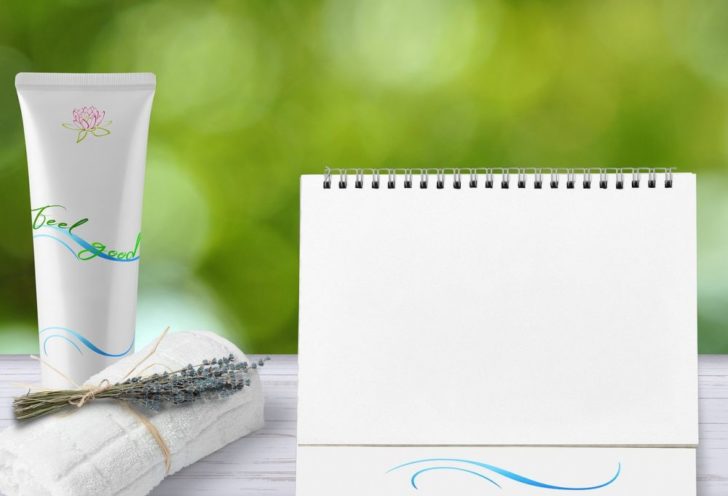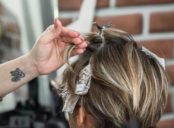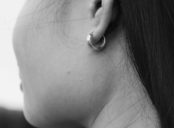Full Coverage Foundation: The Ultimate Guide for Makeup Enthusiasts

Full Coverage Foundation: The Secret to Flawless Makeup
Introduction:

The world of makeup is diverse and ever-evolving, with new trends and products constantly emerging. One such product that has gained immense popularity among makeup enthusiasts is full coverage foundation. In this comprehensive article, we will delve into the world of full coverage foundation, exploring its various types, popularity, quantitative measurements, differences between brands, and historical pros and cons. So let’s begin our journey into the realm of flawless complexion!
Understanding Full Coverage Foundation
Full coverage foundation is a type of makeup product designed to provide a high level of coverage and even out skin tone. Unlike lighter coverage foundations or tinted moisturizers, full coverage foundations offer a more opaque finish that can effectively conceal imperfections such as blemishes, redness, and discoloration. They are typically formulated with pigments that adhere to the skin, creating a smooth and flawless canvas for further makeup application.
Exploring the Various Types and Popular Brands
When it comes to full coverage foundation, there is a wide range of options available, catering to different skin types, textures, and concerns. Some popular types include:
1. Liquid: This is the most common form and offers versatile coverage with a natural or matte finish.
2. Cream: Cream foundations are ideal for dry skin as they provide intense moisture and a dewy finish.
3. Powder: Ideal for oily or combination skin, powder foundations offer buildable coverage with a matte finish.
4. Stick: These foundations come in a stick or crayon format, making them convenient for on-the-go touch-ups.
As for popular brands, several have earned a reputation for their exceptional full coverage foundations. Brands like Estée Lauder Double Wear, Fenty Beauty Pro Filt’r, and MAC Studio Fix Fluid are beloved by makeup enthusiasts for their wide shade ranges, long-lasting formulas, and versatility.
Quantitative Measurements in Full Coverage Foundation
One way to measure the effectiveness of full coverage foundation is through quantitative assessments. These measurements can provide insight into factors such as coverage, longevity, and transfer resistance. Some key quantitative measurements in full coverage foundation include:
1. Coverage Index: This metric determines the level of coverage provided by a foundation, ranging from light to full. It helps consumers find the right product for their desired level of coverage.
2. Wear Time: This measurement assesses how long a foundation stays intact without fading or transferring, ensuring makeup longevity throughout the day.
3. SPF Rating: Full coverage foundations often contain sun protection factor (SPF), which shields the skin against harmful UV rays. This quantitative measurement helps consumers choose products that offer adequate sun protection.
Exploring the Differences Between Full Coverage Foundations
Despite all full coverage foundations aiming for flawless complexions, they can differ significantly in terms of formulation, finish, and application. Some key differences to consider include:
1. Formulation: Foundations vary in their base ingredients, such as water, oil, or silicone. These differences influence factors like texture, coverage, and suitability for various skin types.
2. Finis Full coverage foundations can offer different finishes, ranging from matte to dewy, depending on the formula. This variation allows individuals to choose the finish that best suits their preferences and skin type.
3. Application: Foundations can be applied with different tools, such as brushes, sponges, or fingertips. Each method offers a distinct finish, so it’s essential to find the application technique that achieves the desired result.
A Historical Overview of Pros and Cons
Throughout history, full coverage foundations have experienced both advantages and disadvantages. Understanding the historical context can provide valuable insights for makeup enthusiasts. Here’s a glimpse at the pros and cons:
Pros:
1. Enhanced Coverage: Full coverage foundations excel at concealing imperfections and creating a near-perfect complexion.
2. Long-Lasting: Many full coverage foundations boast long-wearing formulas, ensuring makeup stays intact throughout the day.
3. Versatility: Full coverage foundations can be built up or sheered out, making them adaptable to different occasions and preferences.
Cons:
1. Heavy Texture: Some full coverage foundations can feel thick or heavy on the skin, which may be uncomfortable for individuals who prefer lighter makeup.
2. Settling into Fine Lines: Certain formulas may settle into fine lines or accentuate texture, making them less suitable for mature or dry skin.
3. Limited Breathability: Full coverage foundations can impede the skin’s ability to breathe, potentially leading to clogged pores or breakouts.
Conclusion:
Full coverage foundation offers a world of possibilities for achieving flawless makeup looks. With its ability to provide high coverage, even out skintone, and conceal imperfections, it has become a staple product for many makeup enthusiasts. By understanding the different types, exploring popular brands, considering quantitative measurements, appreciating the differences between products, and delving into the historical context, one can make informed choices and achieve a flawless complexion that lasts all day. So embrace the transformative power of full coverage foundation and unlock your true beauty!





















